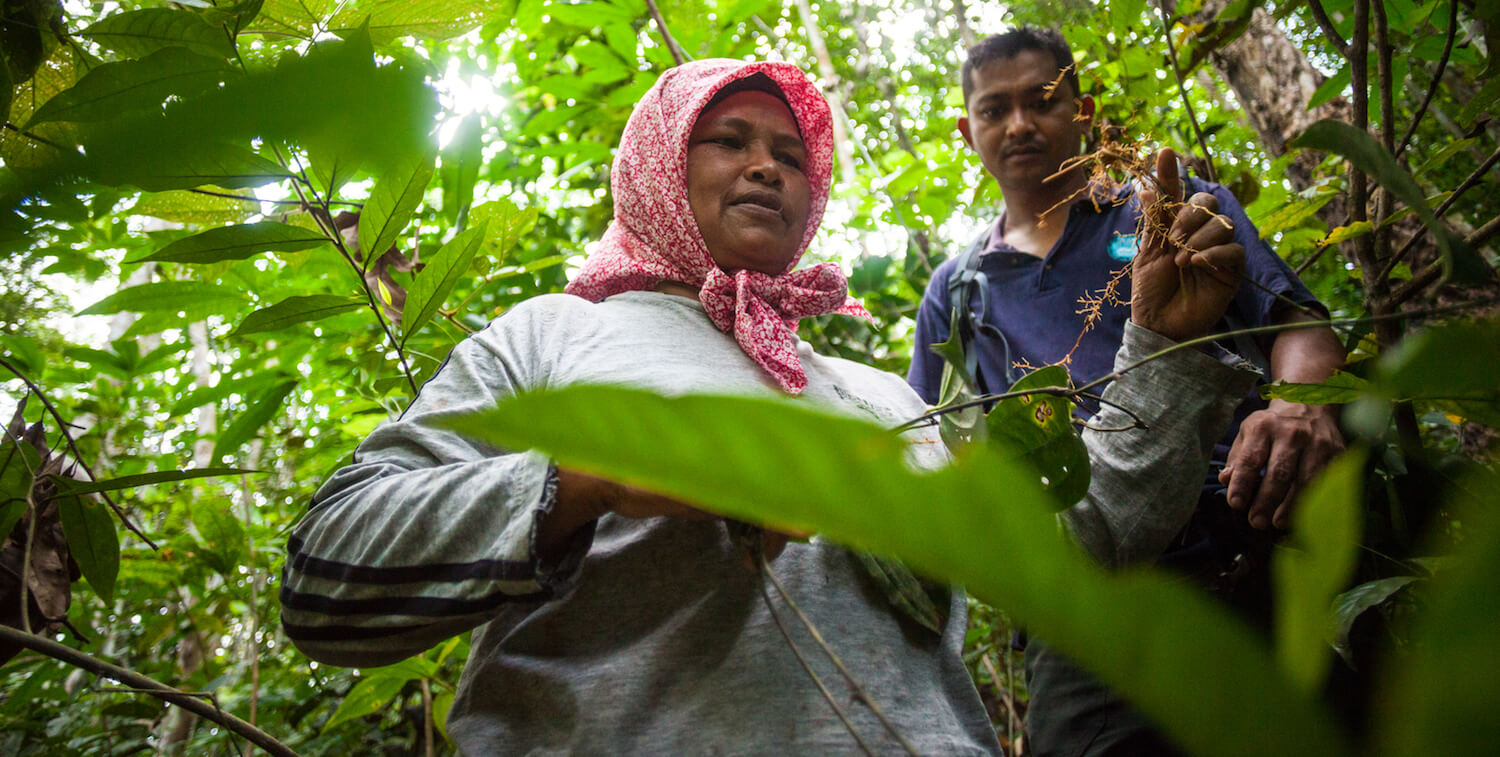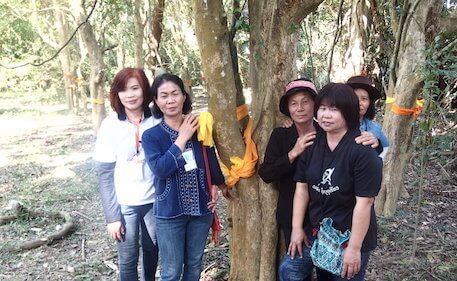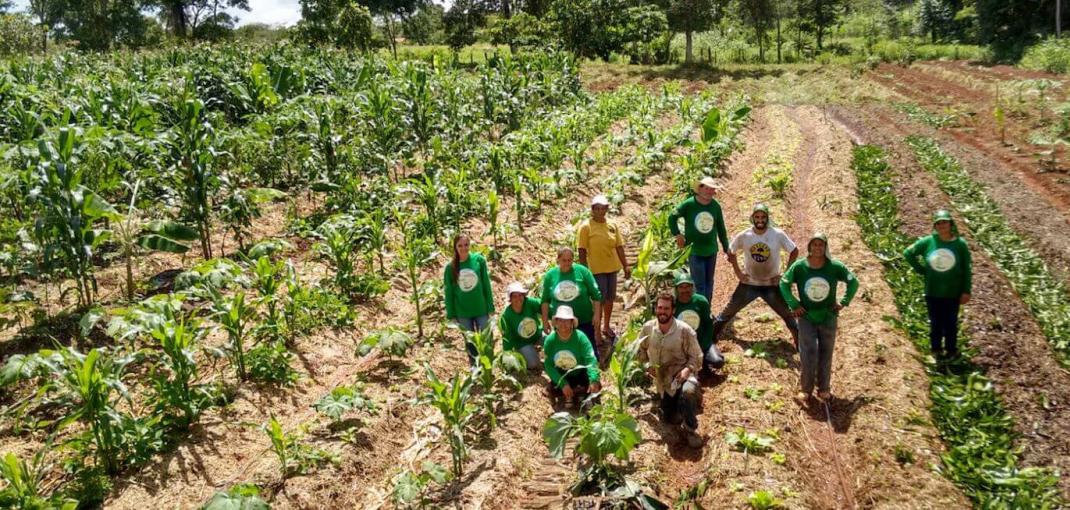Main menu
CEPF is a joint initiative of l’Agence Française de Développement, Conservation International, the European Union, Fondation Hans Wilsdorf, the Global Environment Facility, the Government of Canada, the Government of Japan and the World Bank. A fundamental goal is to ensure civil society is engaged in biodiversity conservation.
Visitez le site français コア情報の日本語翻訳を読むOr use Google Translate to translate the English site to your language:
GTranslate
Announcing CEPF's New Gender Toolkit
Considering gender is crucial for conservation success
By: Céline Desbrosses and Marsea Nelson
12 December 2018
12 December 2018
– You’re surprised and dismayed when only men show up to an important training session for your local conservation project. No childcare was provided—women wanted to attend but had to stay home with the kids.
– Your project has developed new income-generating opportunities for women in a small community. Their husbands, accustomed to serving as the sole breadwinners for their families, feel threatened. They don’t encourage their wives in the new endeavor, and the women lose enthusiasm for the enterprise.
– You hold a community discussion about your conservation project to garner support. Women will be most affected by the proposed plan, but they don’t feel comfortable speaking up about their concerns in such a public setting. They don’t participate in the project like you anticipate they will. The project fails.
These are all examples of what can happen when gender isn’t factored into the design of a conservation project.
Gender doesn’t mean a woman or man, girl or boy. Rather it’s the social and cultural attributes of being a woman or man, girl or boy. In one culture, being a woman may mean that you’re expected to contribute to your family’s income and actively participate in community activities. In another culture, taking care of children and the home may be your expected role. Gender is learned and evolves over time.
In environmental conservation, gender can have a profound influence over power, access, control and ownership of natural resources. It can affect who participates in and benefits from a project. Gender can play an important role in achieving, or not achieving, long-term conservation goals and objectives.
To further our own commitment to addressing gender issues, and to help conservationists mainstream gender into their projects, we’ve talked to subject experts from around the world and pulled together available resources. The result: our new Gender Toolkit.
The toolkit is available (below) in English, French, Portuguese and Spanish.
Among the toolkit’s contents:
- Sample questions to help guide what to consider when incorporating gender into your project.
- Definitions of gender-related words like “gender bias,” “gender equity” and “sex-disaggregated.”
- Suggestions for how to overcome barriers you might encounter while trying to mainstream gender.
The toolkit offers advice for all stages of your project, so it can be a resource at any point.
This is the first time a comprehensive resource on gender and conservation has been developed—we know it won’t be perfect. Rather, it’s a “living” document that will be updated periodically. Give it a read, try using the worksheet while designing your project, and then contact Celine Desbrosses at the CEPF Secretariat with feedback, suggestions or questions.
Along with the launch of the toolkit comes our increased commitment to continually bring gender into the conservation conversation. Look for upcoming blog articles about the topic. On social media, check out the hashtag #GenderInConservation; that’s how we’ll be cataloging the ongoing discussion.
Download the CEPF Gender Toolkit
- English (PDF – 359 KB)
- French (PDF – 381 KB)
- Spanish (PDF – 375 KB)
- Portuguese (PDF – 291 KB)
Questions? Contact Celine Desbrosses.







